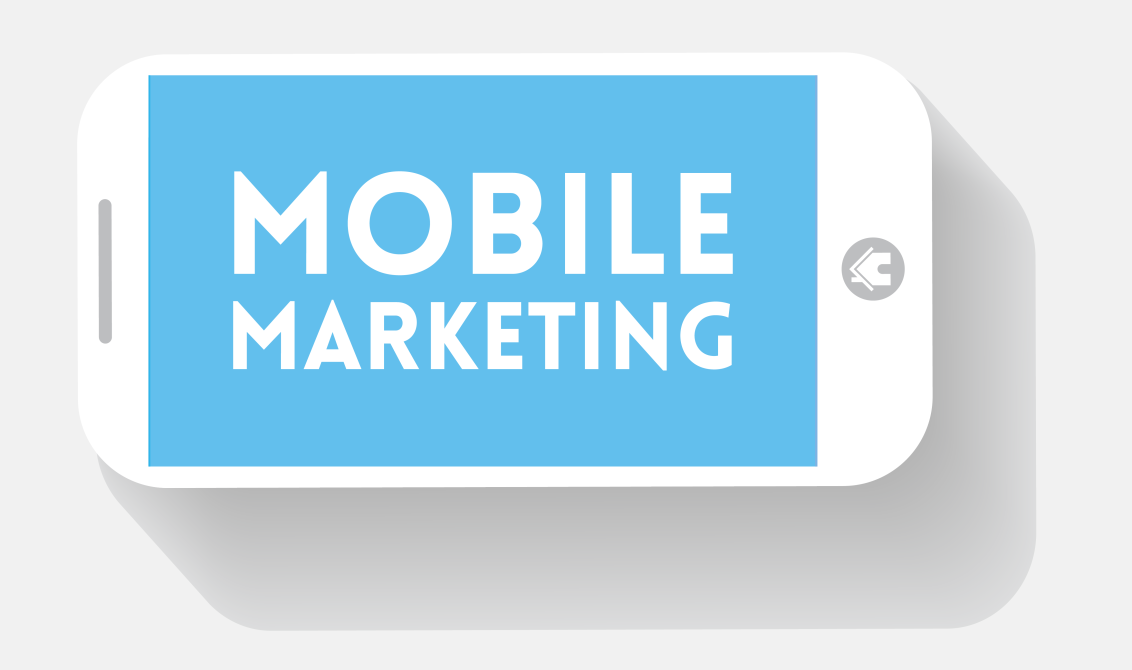Hello, 2017: Is Your Mobile Marketing Ready to Compete?
Brace yourself for a fiercely competitive and creative year ahead, as a steady rise of marketers (and their agencies) continue to spend on mobile advertising. As more marketers vie for audience attention within mobile apps, it’s a good time to plan a mindful and efficient mobile advertising strategy. Here are some ways to gain the advantage in an increasingly competitive mobile advertising market, and slay in the coming year:

The Mobile Advertising Surge Breeds Competition
First, let’s look at the continued confidence in the mobile market and why you should prepare your mobile strategy for peak performance.
According to Magna, global ad spending will increase 3.6% in 2017. 3.6% may sound trivial, but 3.6% of an already whopping $70 billion in digital ad sales from 2016, (most of which is driven by mobile), equates to an increase of $2.52 billion more spent on digital than last year.
Further, GroupM reports that spending on digital is so popular, it is now overtaking spending on TV: “2017 advertising is predicted at $547 billion (+ 4.4 percent), with digital’s share to reach 33 percent. In 2016, digital captured 72 cents of every new ad dollar (USD), and TV 21 cents. In 2017, digital will capture 77 cents per new dollar, TV will get 17 cents. The U.S. and China account for half of all net growth in the 2016 and 2017, with China taking back a narrow lead over the U.S.”
In-App Mobile Ads Reign
“In mobile, the ad dollars are following consumer behavior, so 73.2% of ad spending (that’s display plus search) is going to apps,” according to eMarketer Senior Analyst Catherine Boyle. And while the bulk of mobile programmatic dollars (51%) were spent on Facebook in 2016, Boyle predicts a shift: In 2017, the majority (53%) of mobile programmatic ad dollars will be spent outside of Facebook.
This shift toward in-app mobile advertising is great news for app publishers and developers, and a trend that advertisers can’t afford to miss, especially if marketing to audiences in the US or China. In-app advertising is the way.
Respect and Delight Mobile Users
The fate of your mobile campaign is the hands of mobile users, and they demand to be respected and delighted. Rather than risk disturbing users with pop-up ads, videos that auto-play at inopportune moments, or ill-fitted ads that block access to content or cover important screen space, consider the mobile ad formats that users actually appreciate:
Mobile Native Ads
Native ads are gaining the recognition they deserve, because “native” is the ad-placement strategy that ensures the ads fit into their mobile app environment in the most non-disruptive manner. By blending into the app’s look and feel, and complementing its form and function, the ads appeal to users who are genuinely interested in the promoted product, reducing the occurrence of accidental clicks. Whether utilizing video ads, display formats, in-feed text, or a custom ad integration to match a specific app, the ad placement strategy is really one of the most important factors and early predictors controlling how the user experiences the ad and thus the campaign outcome.
Mobile Video and Rewarded Video Ads
According to PwC’s annual Global Entertainment and Media Outlook report, mobile video ads will be the fastest-growing digital ad segment in the next five years. Per the report, “They will easily surpass desktop Internet video ad revenues, which are expected to grow at a 19% CAGR through 2020.”
Mobile video ads can range from 10 seconds, 15 seconds, or even longer in length, and recent studies show that users are happy to watch longer video format – so long as it’s great, captivating content. In addition to horizontal layout, vertical video has become a widely accepted format owed to the popularity of Snapchat. In 2017, 360-video and virtual reality will come into focus.
Rewarded Video Ads are the incentivized version of video ads, allowing mobile users to receive an in-app perk or privilege in exchange for watching an ad. Some game players especially have come to rely on rewarded video ads to earn points, coins or extra lives. For these players, rewarded video ads provide a glimpse into what is possible, and keeps them engaged in the games longer and returning often. For advertisers, the good will and favorable brand sentiment sets the stage for the user’s undivided attention.
Budget Efficiently For Your Campaign Goals
For most mobile user acquisition campaigns, the focus is a combination of volume and high-value (LTV) audiences – acquiring new users who will either spend money or time engaged in your app or service. The most efficient bidding model for user acquisition is CPI (cost per install), where marketers pay only when a promoted app is installed.
Setting low CPI targets may sound like a prudent move, but it can be a trap. A problem with setting low CPI targets is that pretty quickly you’ll run out inventory and you’ll be less likely to scale or reach the levels required to find high-value users. Rightfully disappointed by the results, you’ll be tempted to spend even less, perpetuating and even worsening the cycle of low performance.
There’s truth to the adage that you usually get what you pay for, so aim for high quality users and be prepared to spend reasonably for it. When done well, the high-value users you acquire will more than exceed the cost you paid.
Choose Trustworthy Partners
- Look for direct relationships with Premium Publishers and Advertisers whenever possible.
- Ask questions about any third-party integrations and affiliations such as frameworks supported and attribution partners to ensure reputable relationships are in place. The mobile ecosystem is large, and good players tend to stick together.
- Finally, choose a reputable mobile advertising network that is vigilant about detecting and preventing ad fraud. A responsible ad network partner will be vigilant about ensuring you get what you paid for: strong ad view-ability across top quality environments, 100% real interactions with humans, not bots, real-time monitoring and reporting from clean data, and flagging all irregular activity before you waste money paying for impressions that aren’t real.
By: Michael Essany







